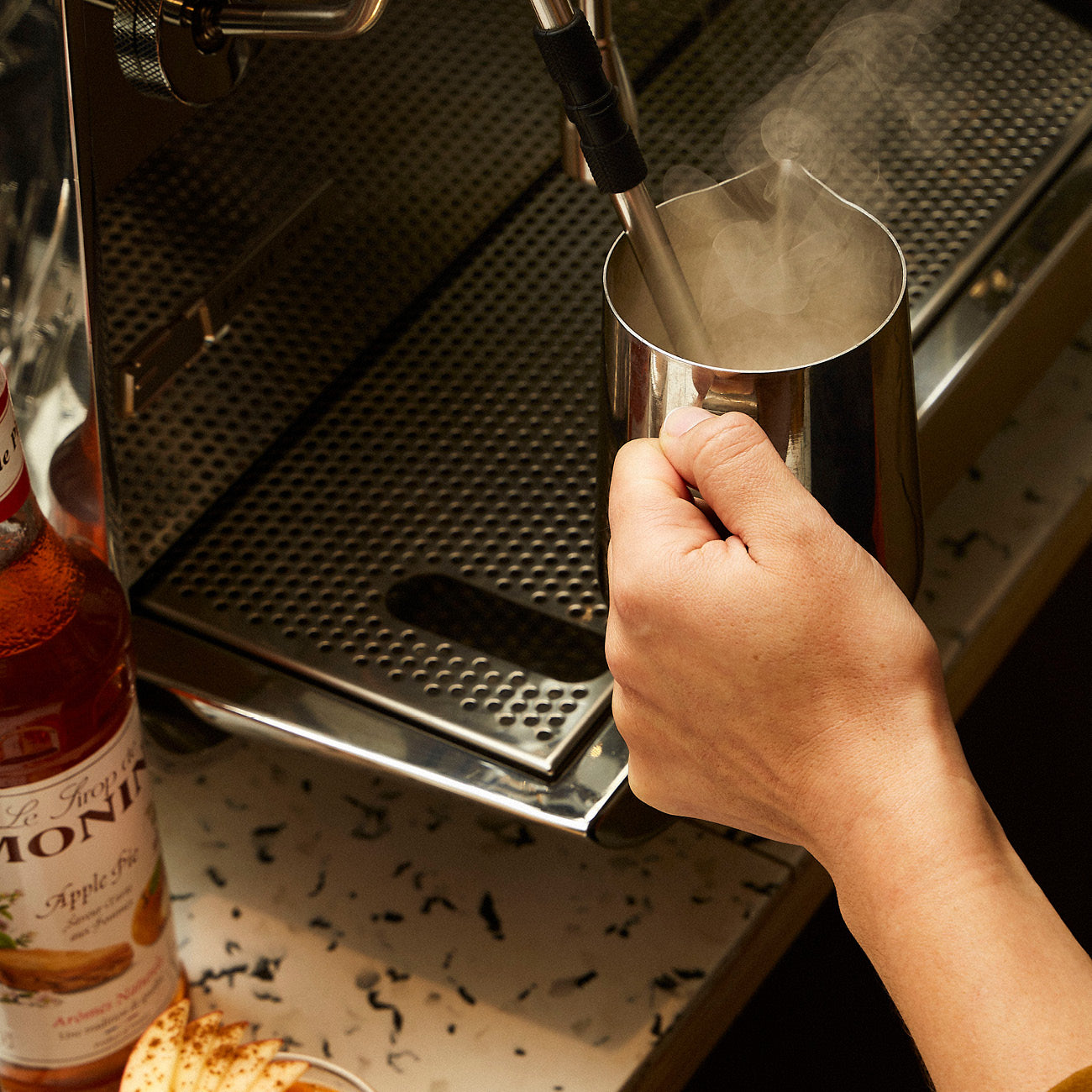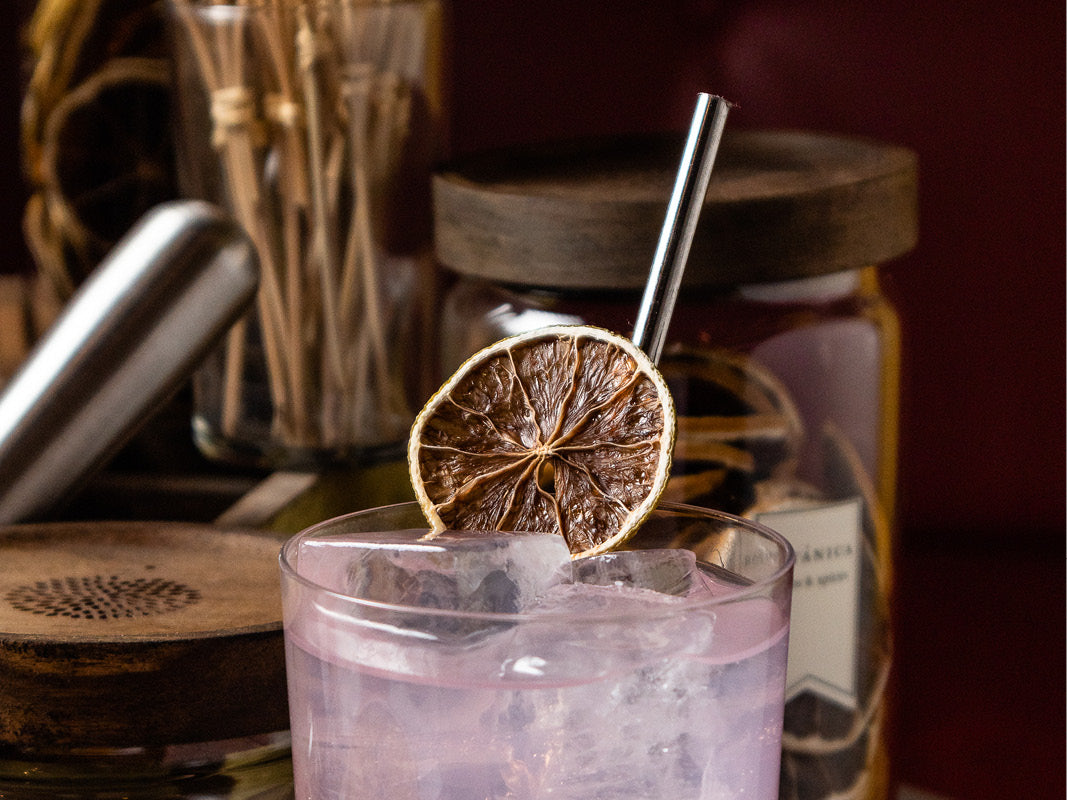



Barware
Serving, Interior & Storage
Barware
Serving, Interior & Storage
Ingredients
Monin
Three Cents
You have not add any products yet.
Discover productsNews
Loading...

Out of stock
NAME: Cinnamomum burmanii
FAMILY: Lauraceae
ORIGIN: Indonesia
APPEARANCE: sticks of woody structure and brown in color
TASTE: woody, reminiscent of cinnamon
PART OF PLANT: bark
PROCESSING METHOD: When the Cassia Vera tree is 2 years old, the bark peels off the stem and is then cut into sticks which are then dried
COOKERY:
- used for meat dishes, cakes, ice creams and other sweets
CATERING/HOSPITALITY:
- as a seasoning for hot and cold cocktails, most commonly punch, tea and mulled /spiked wine
- goes great with dehydrated apples, pears and oranges as well as with chocolate and coffee combinations
FUN FACT
- although it is similar to cinnamon, Cassia Vera differs from it in its strength, quality and medicinal properties
